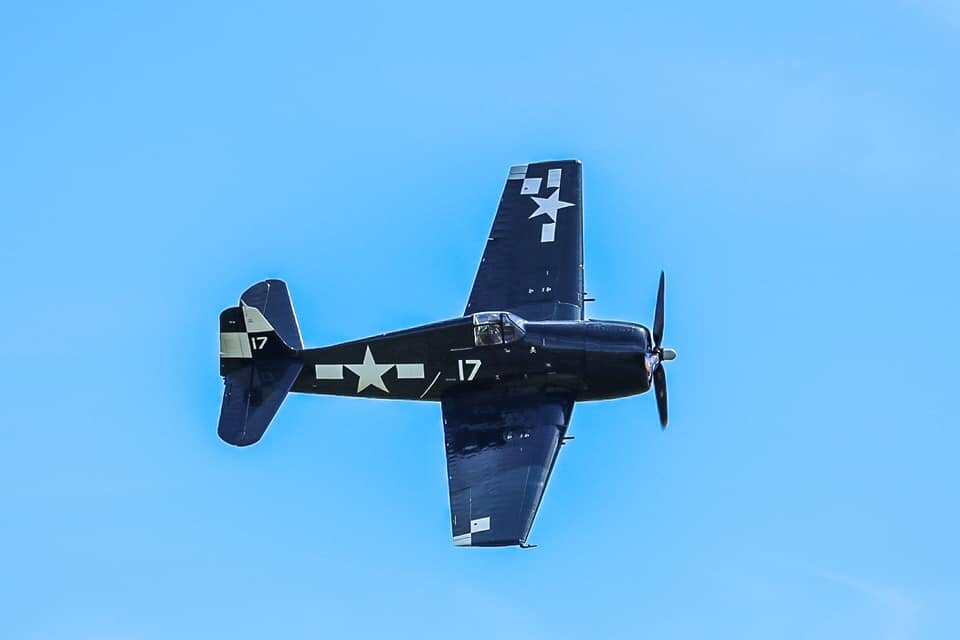F6F-5N HELLCAT
The Grumman F6F Hellcat is an American carrier-based fighter aircraft of World War II. Designed to replace the earlier F4F Wildcat and to counter the Japanese Mitsubishi A6M Zero, it was the United States Navy's dominant fighter in the second half of the Pacific War. The Hellcat competed with the faster Vought F4U Corsair for that role and prevailed, as the Corsair had significant issues with carrier landings. The Corsair instead was primarily deployed to great effect in land-based use by the U.S. Marine Corps.
DETAILS
Though designed as a successor to the F4F Wildcat, the F6F Hellcat sported significant differences:
· The Hellcat was simply bigger, with more armor, firepower, and fuel. Armor included a bulletproof windscreen and 231.2 lbs. (96 kg) of cockpit armor, as well as armor around the oil cooler and oil tank under the engine.
· The Hellcat had a low-mounted wing, instead of the Wildcat’s mid-mounted wing.
· The Wildcat’s main gear retracted into the fuselage, using a hand crank, and had a notoriously narrow track. The Hellcat’s gear were hydraulically actuated, main gear set wide and mounded in the wings, and retracted backwards, rotating 90 degrees to lie flat. The Hellcat also had a retractable solid rubber tailwheel.
· Armament consisted of six .50 caliber (12.7 mm) Browning machine guns, three mounted in each outboard section of the wing with 400 rounds per gun, compared to early Wildcat’s four. 50 caliber guns.
· The Hellcat was fitted with three self-sealing fuel tanks: one with a capacity of 60 US gallons (227 liters) under the pilot’s seat, and one in each wing with the capacity of 87.5 US gallons (331 liters), for a total of 235 gallons (889 liters) – over twice the capacity of the Wildcat. The F6F-3 could also carry a 150 gallon (568 liter) centerline drop tank, though most F6F-3 production Hellcats ad no provisions for carrying any other external stores.
ACQUISITION
This Grumman F6F-5 Hellcat B/N 94204 (N4998V) was acquired by the Erickson Aircraft Collection in October 2017. This aircraft is an F6F-5N night fighter version that was initially delivered to the US navy in July 1945. It never saw combat in WWII and remained in service until the 1950’s, when it was declared surplus. The aircraft was acquired by Lone Star Flight Museum in 1986 and restored to airworthy condition by Steve Picatti, arriving in 1989.






